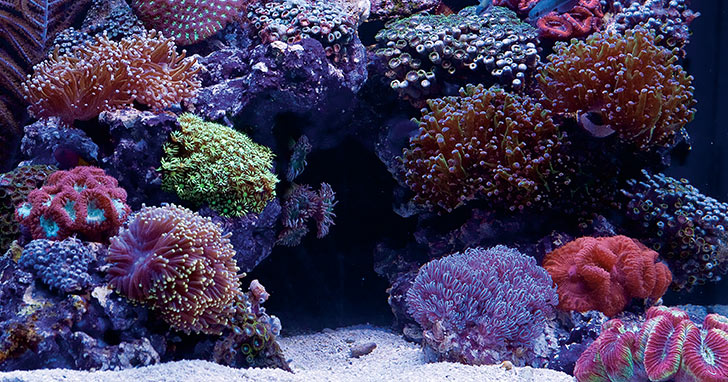Simplify Calcium Supplementation
Calcium is vital for the health and growth of all corals. It also plays a crucial role in maintaining the pH needed in marine systems.
In nature, a steady supply of calcium is available to reef inhabitants from a variety of sources. These include live rock, aragonite substrate, and even saltwater in the form of dissolved calcium. However, in artificial environments, especially in heavily stocked reef aquariums, calcium is utilized rapidly and regular supplementation is required to maintain proper levels.
Providing enough calcium to meet the demands of a reef aquarium can be a real challenge. While there are many different ways of supplementing calcium, high tech equipment like calcium reactors can simplify and automate the process.
Calcium Reactors These systems are a precise means of maintaining calcium levels within reef systems with high calcium demands. The initial startup cost of these devices is higher than other calcium supplementation methods. However, once they are properly installed, only the media and CO2 require replenishing - making them a wise long-term investment for the serious reef enthusiast. As with all technology, the cost of these devices has gone down considerably from when they were first introduced and are now reasonably priced for most hobbyists.
Testing Calcium Levels
|





